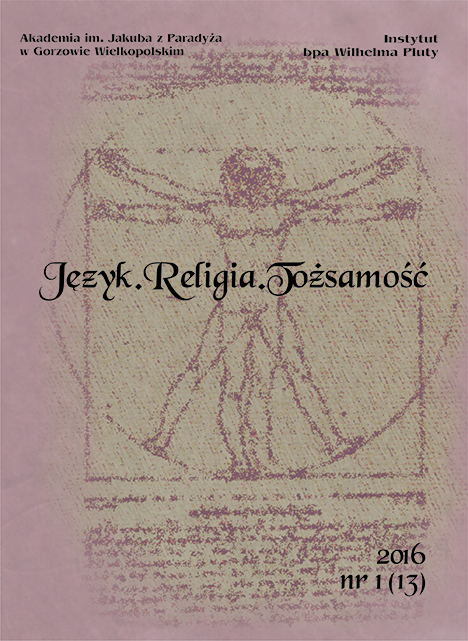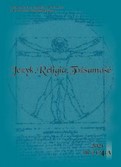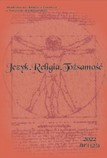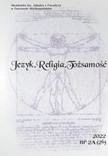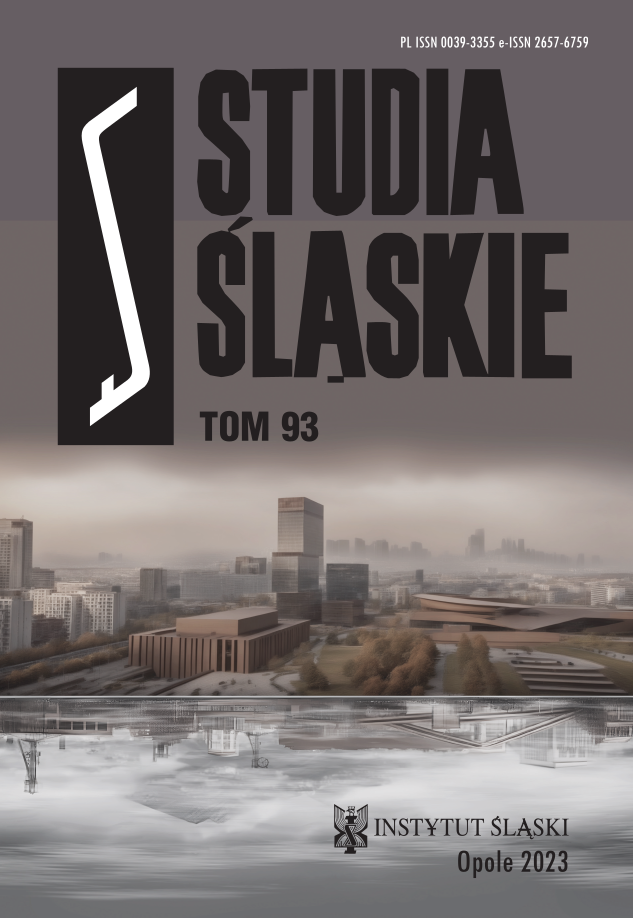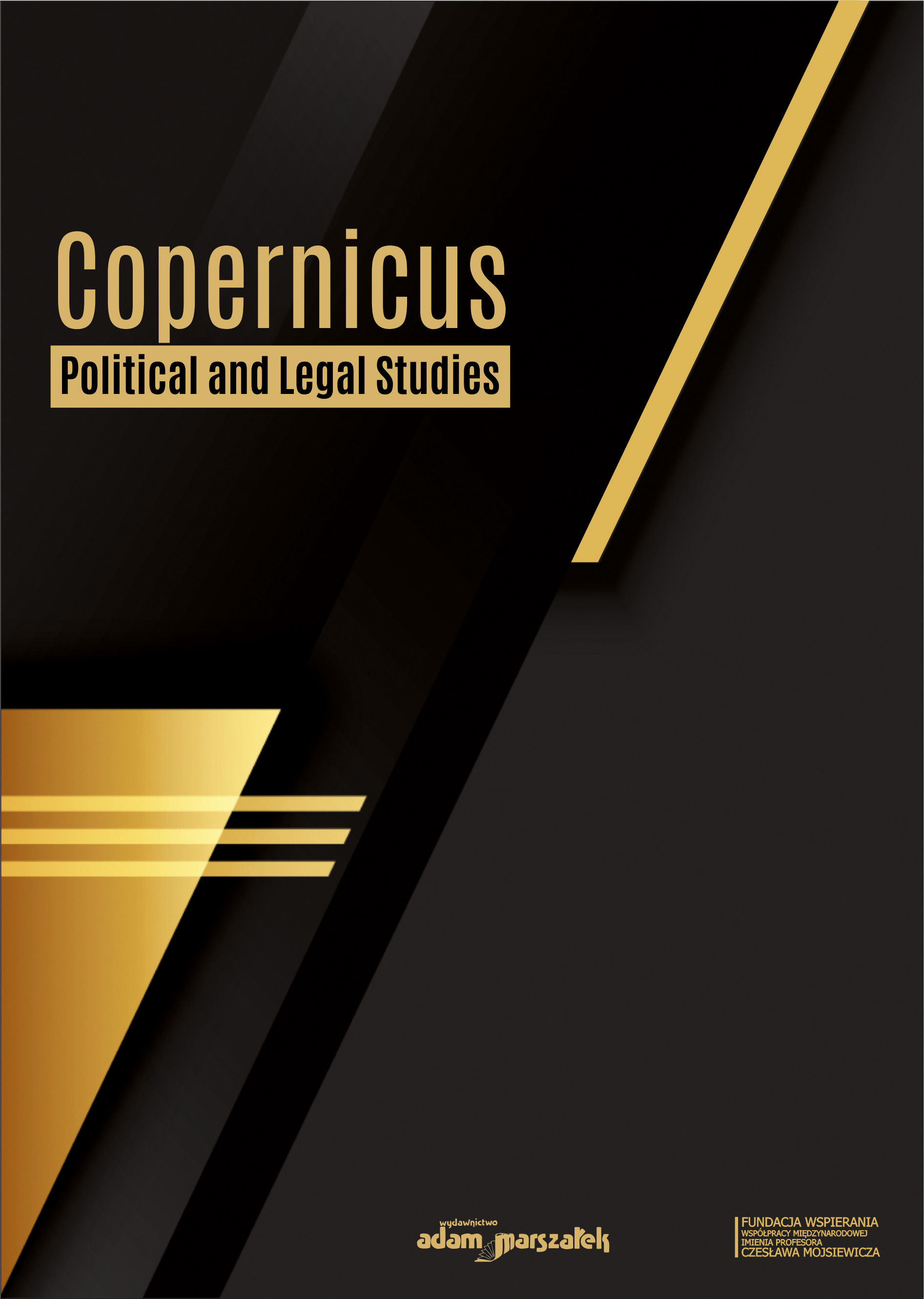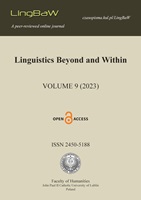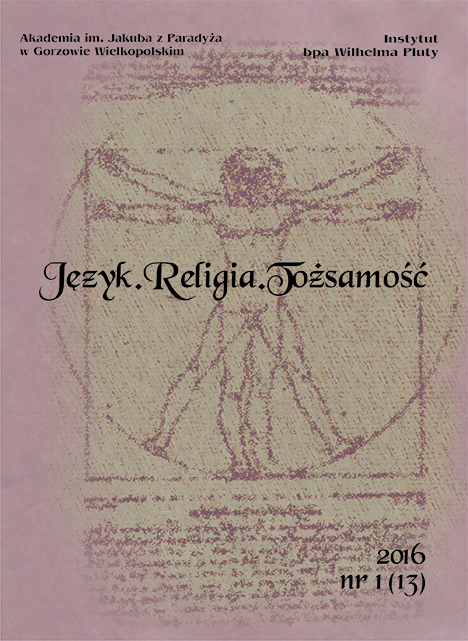
Leksyka biblijna – dziedzictwo czy przeżytek?
The article presents the lexical corpus of chosen words deriving from the Bible and belonging to the Polish traditional language. The author points at specific stylistic features of some characteristic lexical items: Semitisms, Greek and Latin words, as well as some indigenous Polish forms. Besides the biblical and religious context of the lexis, there is also showed its contemporary existence – in phraseological or popular language. Thus, this article proves that biblical text is very important for evolution and progress of Polish language. Moreover, the aim of this article is to deny the common opinion that the traditional biblical lexis is not adequate for contemporary readers of Bible.
More...
